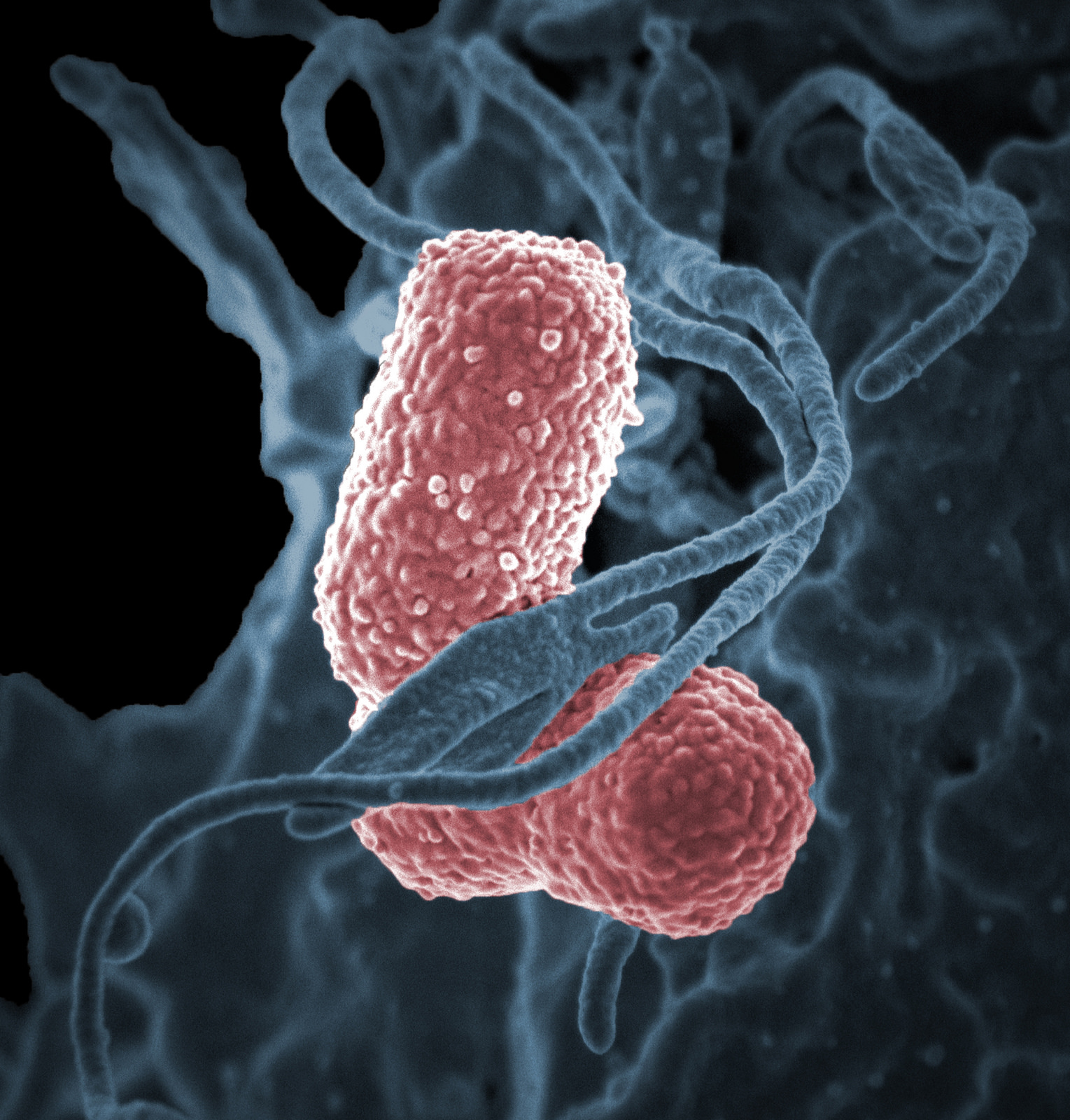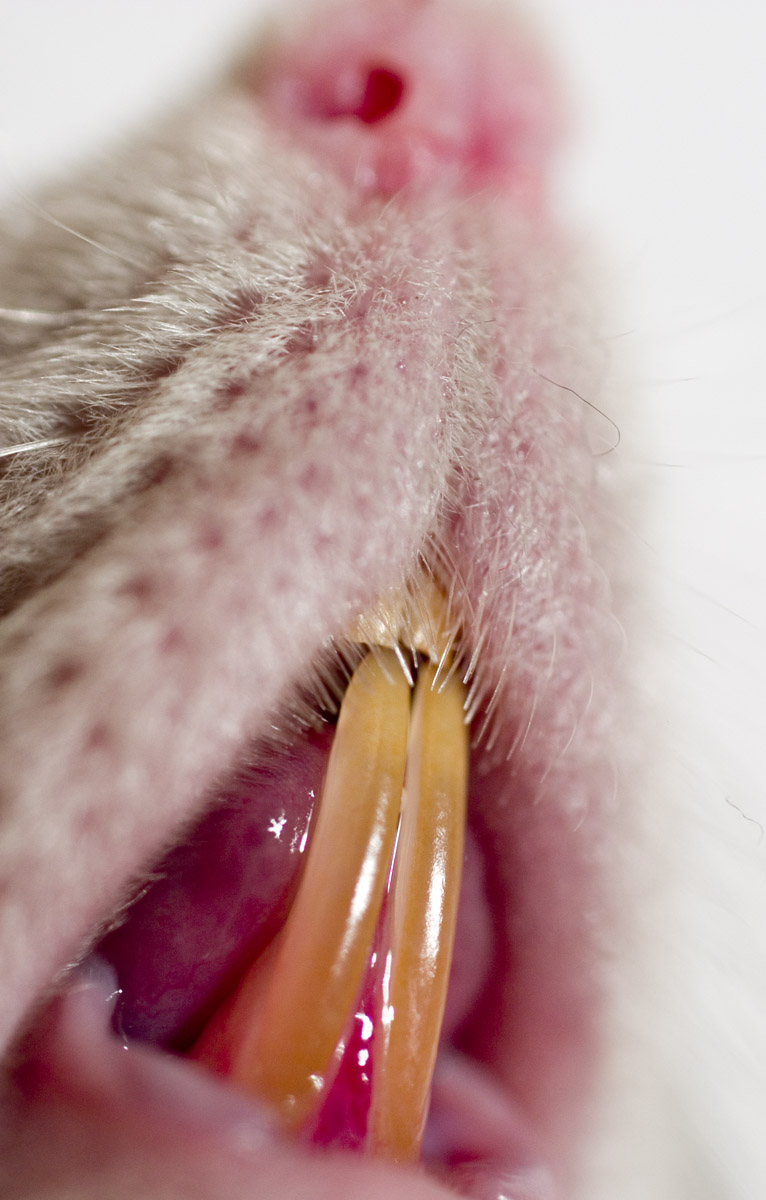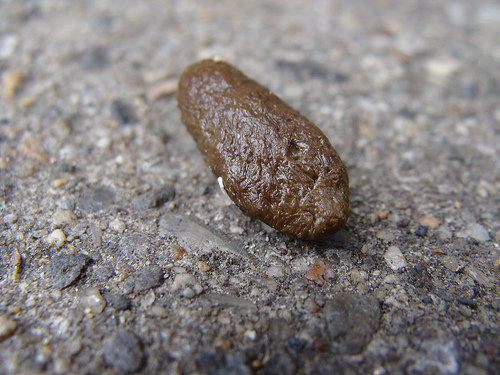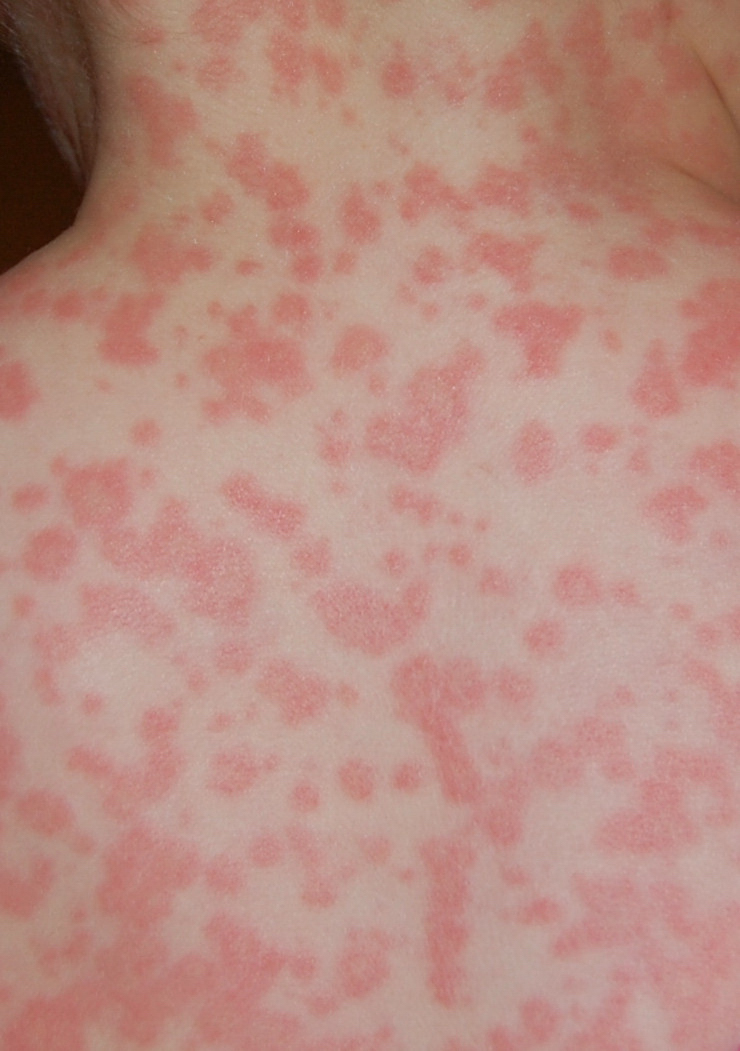Can People & Pet Rats Catch Rat Bite Fever from Domesticated or Wild Rats?

Can People & Pet Rats Catch Rat Bite Fever from Domesticated or Wild Rats?
 Rat bite fever, an infection caused by Streptobacillus moniliformis (In North America) or Spirillum minus (Mostly in Asia), is commonly spread among humans and other animals by way of wild animal populations; with rats being the largest cause. These adorable rodents have given the disease its name, probably due to the close proximity in which humans and rats live in many areas, whether it be urban or rural. Just how contagious is rat bite fever, is it common, and how easily is it transmitted?
Rat bite fever, an infection caused by Streptobacillus moniliformis (In North America) or Spirillum minus (Mostly in Asia), is commonly spread among humans and other animals by way of wild animal populations; with rats being the largest cause. These adorable rodents have given the disease its name, probably due to the close proximity in which humans and rats live in many areas, whether it be urban or rural. Just how contagious is rat bite fever, is it common, and how easily is it transmitted?
Common Ways Rat Bite Fever Is Spread to Humans and Pet Rats
With the various cases of rat bite fever that pop up around the world, it is very possible for this infection to become an epidemic in localized areas. The Streptobacillus moniliformis bacteria can infect as many other bacteria can. It is usually introduced to human via broken skin, while it’s more commonly transmitted through animals via feces or urine. This list shows the different ways humans and animals can become infected:
Humans
 Bite by infected rat or other animal
Bite by infected rat or other animal- Scratch by an infected animal
- Scratch or laceration by an infected animal’s cage or cage accessories (such as a stick, or hut)
- Contact with urine or feces through mucous membranes
- Infected food supply
Animals
- Sick cagemate
- Fight with another animal
- Sharing food/water with infected animals
- Preying on infected animals
- Contact with urine or feces
What Kinds of Animals Can Become Infected with Streptobacillus moniliformis?
 Unfortunately, almost any mammal can become infected with this bacteria, show signs of illness, and pass it on to healthy members of their species; or, transmit it across different species. This means you can expect many of the different below animals to become infected in our around your household if a sickly animal shows up. One of the more recent public awareness publications regarding rat bite fever included a 6 month old baby who was bitten by a domesticated rat raised in a feeder breeder operation. The baby boy died after infection, startling the nation. This story was posted on March 20th 2015. Here are animals who CAN become infected:
Unfortunately, almost any mammal can become infected with this bacteria, show signs of illness, and pass it on to healthy members of their species; or, transmit it across different species. This means you can expect many of the different below animals to become infected in our around your household if a sickly animal shows up. One of the more recent public awareness publications regarding rat bite fever included a 6 month old baby who was bitten by a domesticated rat raised in a feeder breeder operation. The baby boy died after infection, startling the nation. This story was posted on March 20th 2015. Here are animals who CAN become infected:
- Humans
- Rats
- Mice
- Squirrels
- Gerbils
- Hamsters
- Cats
- Dogs
What Are the Symptoms of Streptobacillus moniliformis Infections or “Rat Bite Fever”?
 Once this bacteria makes its way into your system and begins to wreak havoc, you’ll definitely know it! In short, the illness mimics the flu and also has a rash that will commonly accompany it, especially in children. The rash will break out on the hands and feet most often. Arthritis as well is a symptom that is far from rarely reported in infected individuals. Here’s a quick list of symptoms, and you can check out the CDC’s website on Rat Bite Fever too:
Once this bacteria makes its way into your system and begins to wreak havoc, you’ll definitely know it! In short, the illness mimics the flu and also has a rash that will commonly accompany it, especially in children. The rash will break out on the hands and feet most often. Arthritis as well is a symptom that is far from rarely reported in infected individuals. Here’s a quick list of symptoms, and you can check out the CDC’s website on Rat Bite Fever too:
- Fever
- Chills
- Vomiting
- Abdominal Pain
- Weakness & Fatigue
- Muscle pains
- Aching
- Arthritic joints
- Rash
- Headache
- Sore Throat
How Is This Infection Treated?
Fortunately, this infection is treated with a round of good strength antibiotics. Penicillin, intravenous and oral, is recommended for the treatment of rat bit fever. All of the rats in the household will need to be treated with antibiotics as well, as it’s not unlikely that they would be infected if the humans in the home are. Other antibiotics that might be used range from Streptomycin and Tetracycline to Erythromycin and Chloramphenicol.
In addition to the sources already linked in this article, some of our information also came from the Rat Fan Club, at ratfanclub.org